Apple continues exploring location-based security settings, looks at new adaptive brightness controls
A pair of patents granted to Apple on Tuesday could hint at the company's plans for future user-facing features for its Macs and iOS devices, including a more granular control system for display brightness based on ambient light and security features that shift based on the device's location.
The first patent, named "Display brightness control based on ambient light levels," refers to methods of more accurately adjusting the brightness of a display based on the ambient lighting in the area. Apple has long employed such systems on its laptop computers and mobile devices, but the company appears to be looking to improve on the current system.
In the new system, users could set their own preferences for display response in ambient light. They could define one brightness level when outside, for example, and another for inside.
Additionally, display brightness could be adjusted based on the angle of the ambient light. The backlight could be brightened when the display is facing the sun, for example, or dimmed when facing away, even though the ambient light level remains the same in both situations.
Apple credits Ulrich T. Barnhoefer, Wei Chen, and Hopil Bae with the invention of U.S. Patent No. 8,884,939.
The second, called "Location-sensitive security levels and setting profiles based on detected location," would adjust device security settings based on the current "location context." Apple envisions that the context could be determined by network availability, the identification of a specific device available on a network, GPS location, or a combination of those and other factors.
Locations could be deemed "safe" or "unsafe," and settings adjusted accordingly. A user's home could be marked as a "safe" location and PIN code relock time lengthened to reduce the number of times a user must authenticate in that place. "Unsafe" locations would lengthen that time, for exmaple.
Apple has been seen exploring similar systems in the past. While the basic concept remains the same, the methods of determining device location differ.
Apple credits Alexander Reitter, David Amm, Julian Missig, and Raymond Walsh with the invention of U.S. Patent No. 8,886,217.
 AppleInsider Staff
AppleInsider Staff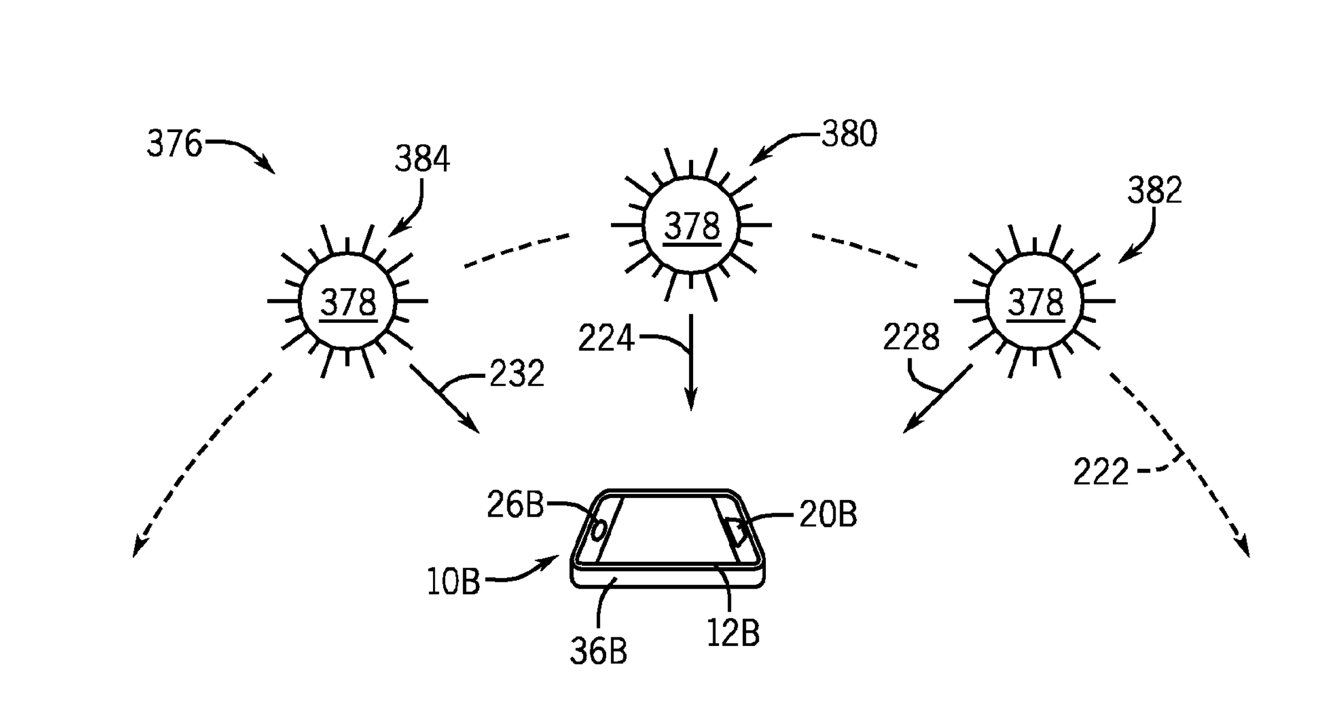
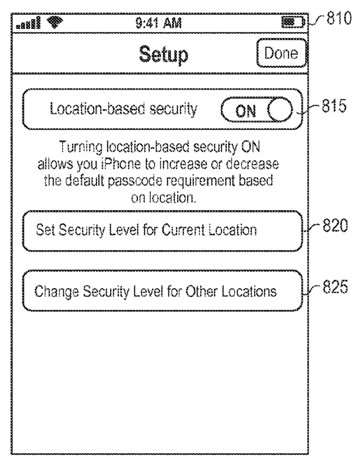













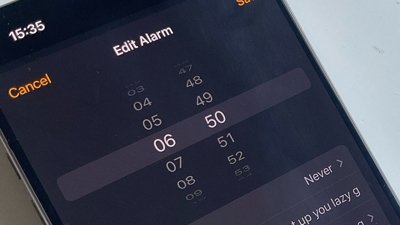
 William Gallagher
William Gallagher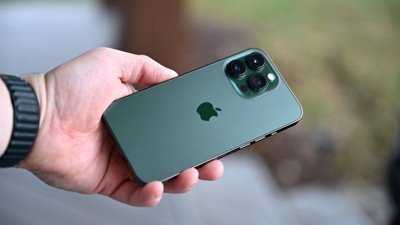
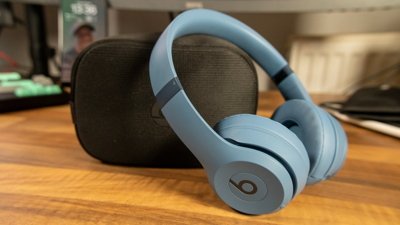
 Malcolm Owen
Malcolm Owen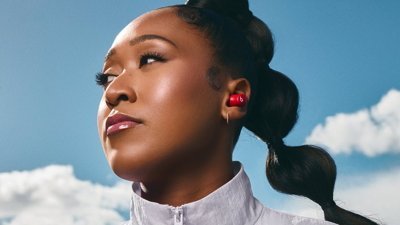
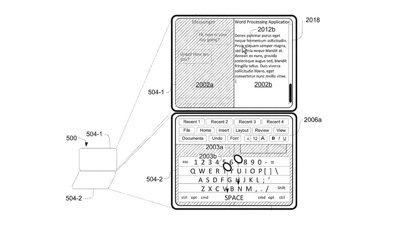
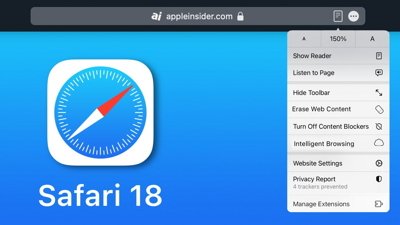
 Marko Zivkovic
Marko Zivkovic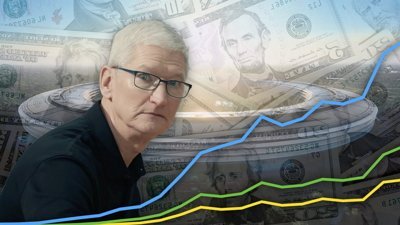
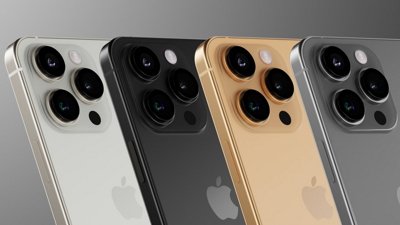
 Amber Neely
Amber Neely






4 Comments
Since my iPhone can generate reminders when I leave my home, why can't it, for example, automatically turn on Bluetooth and turn off WiFi as I leave, and vice versa when come back?
I like these ideas, particularly location-based security.
Locations could be deemed "safe" or "unsafe," and settings adjusted accordingly. A user's home could be marked as a "safe" location and PIN code relock time lengthened to reduce the number of times a user must authenticate in that place. "Unsafe" locations would lengthen that time, for exmaple.
This paragraph needs some help from an editor:
Just give me the option to set the silent mode when I am at work, and turn it off when I leave, and I would be happy.